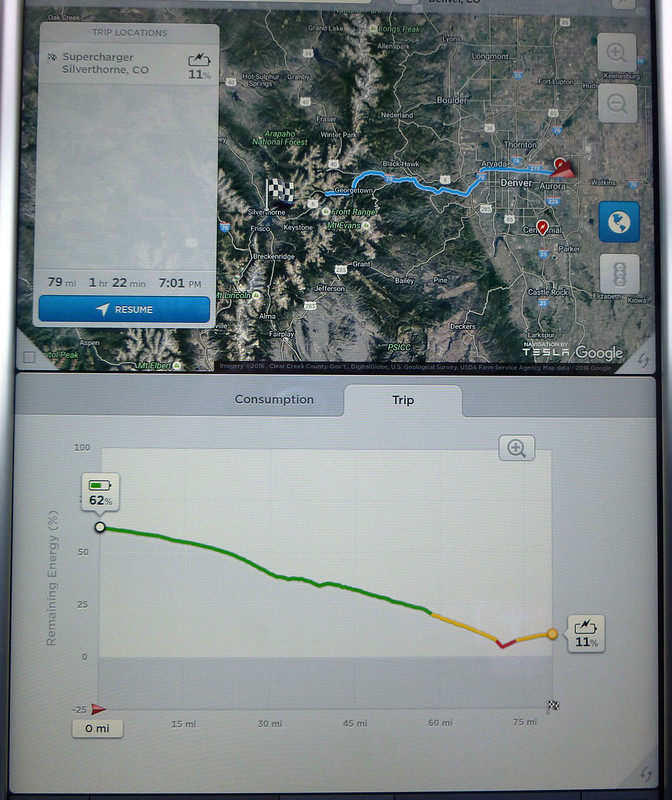GetOffYourGas
Well-known member
All of the actual data in the GCR article is from a 125A charger, in support of what Tony said. They mention the 80kW claim which, reading between the lines, I assume to be 200A/400V nominal. The chargers seem to be normally rated at 500V so it would be a "100kW" charger.
So we are still left waiting to see how the Bolt behaves on a true 200A charger. I'm sure it won't be long since there are some out there which support that kind of current.
So we are still left waiting to see how the Bolt behaves on a true 200A charger. I'm sure it won't be long since there are some out there which support that kind of current.

